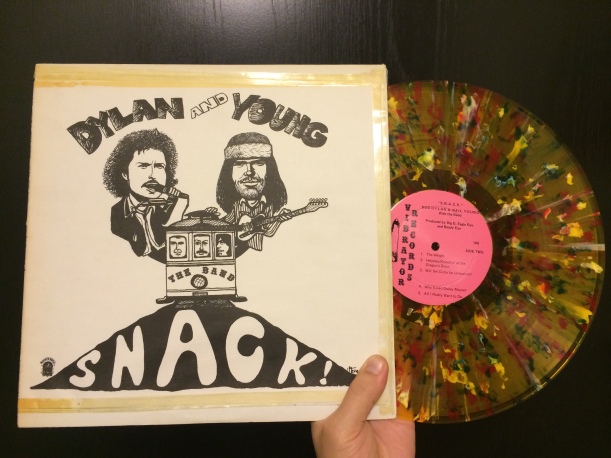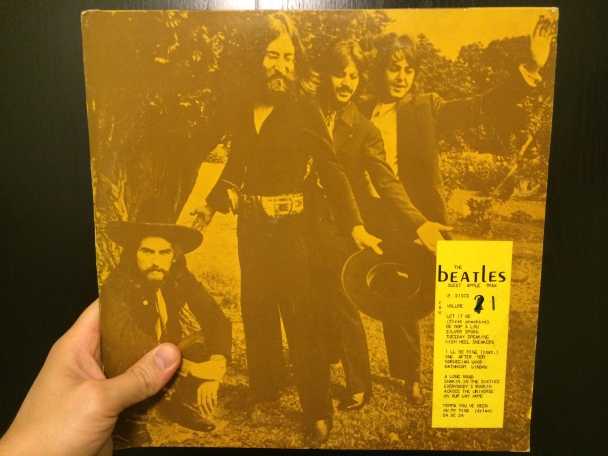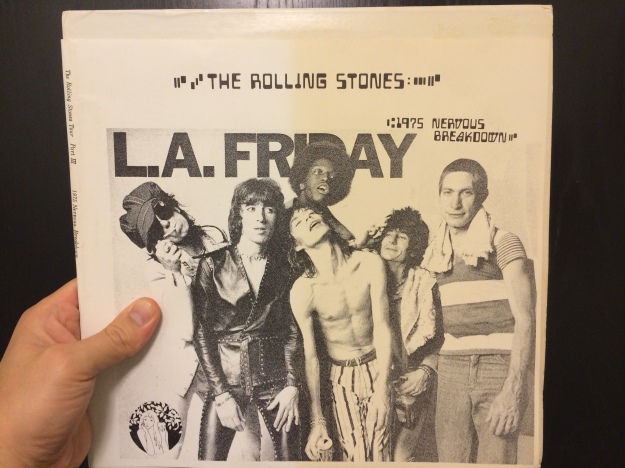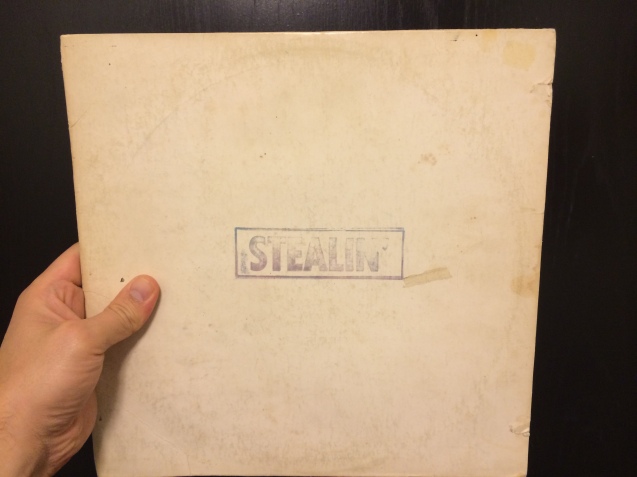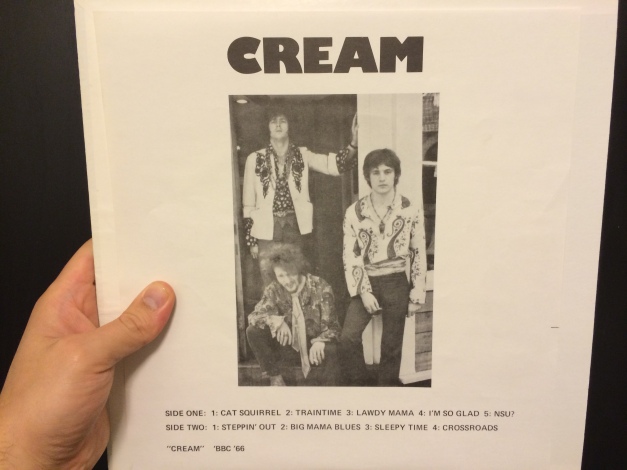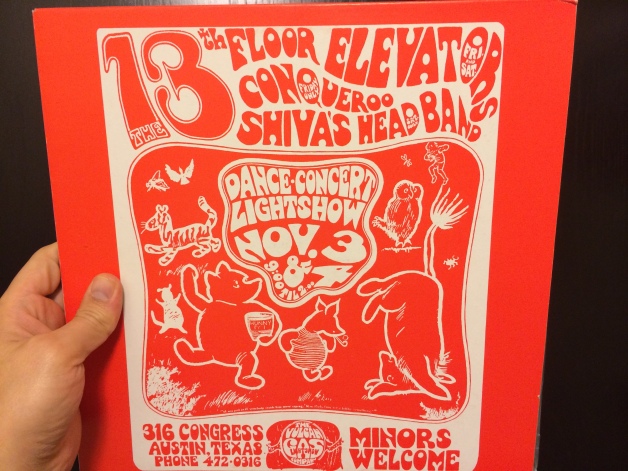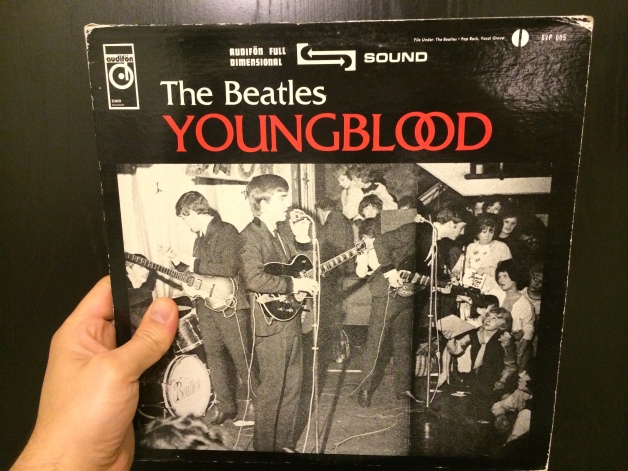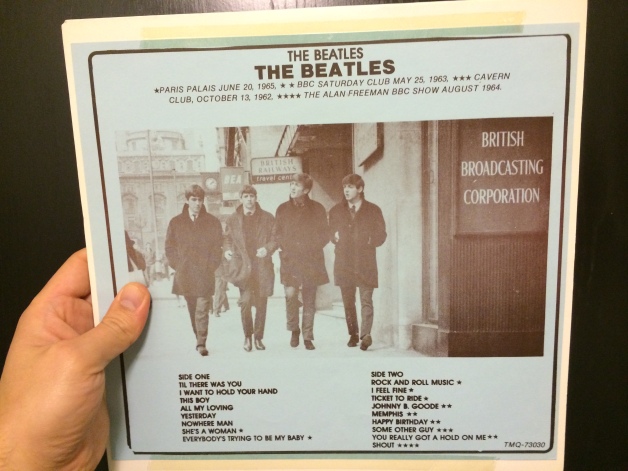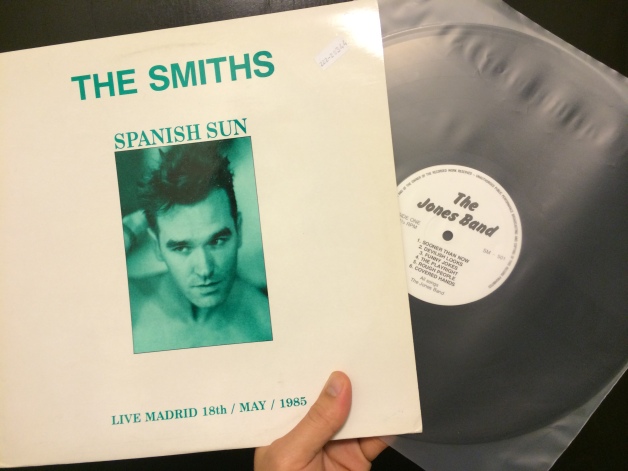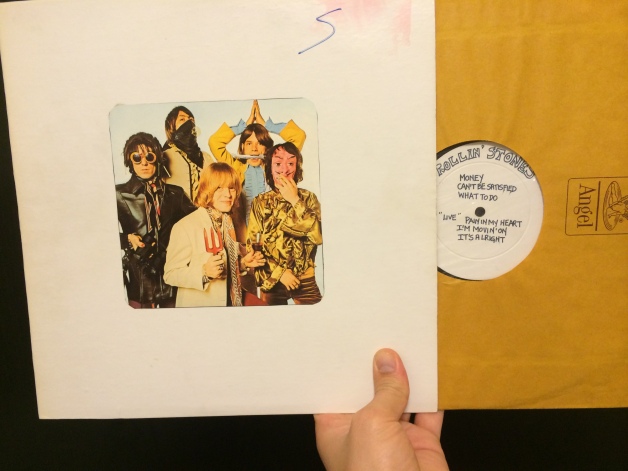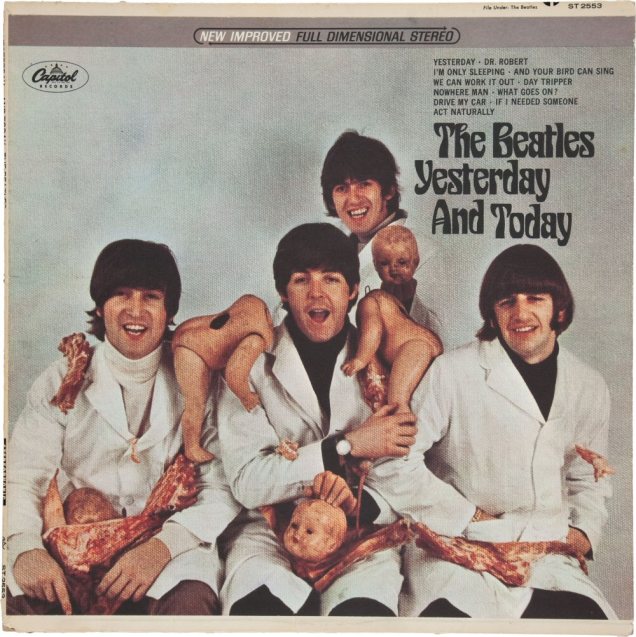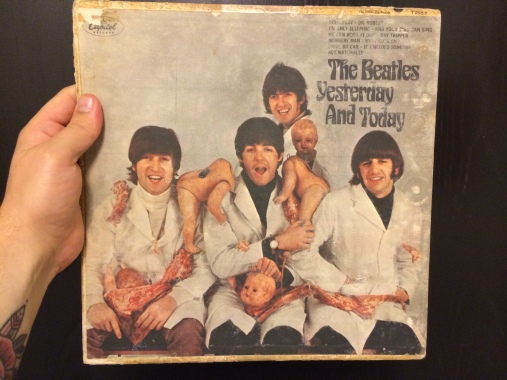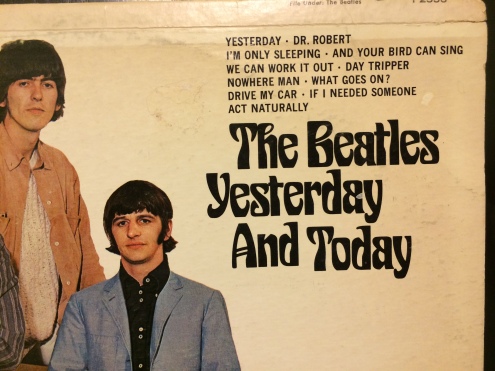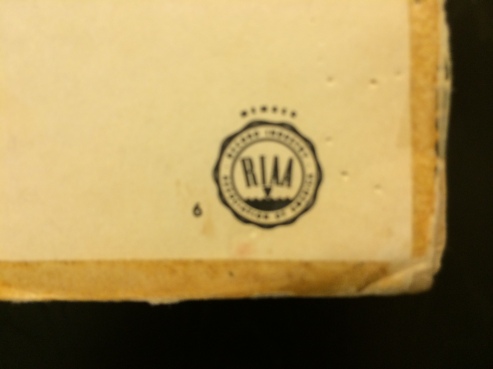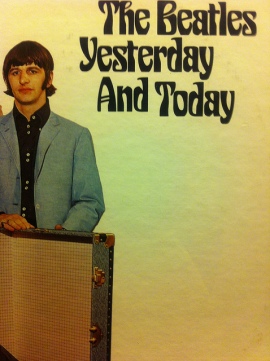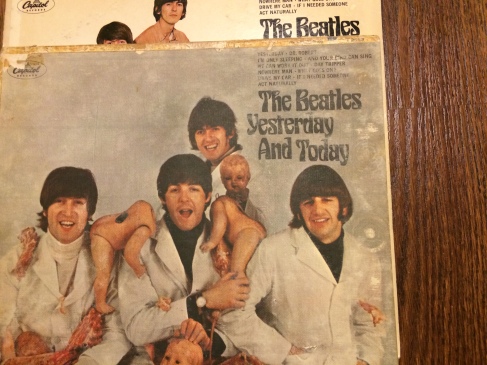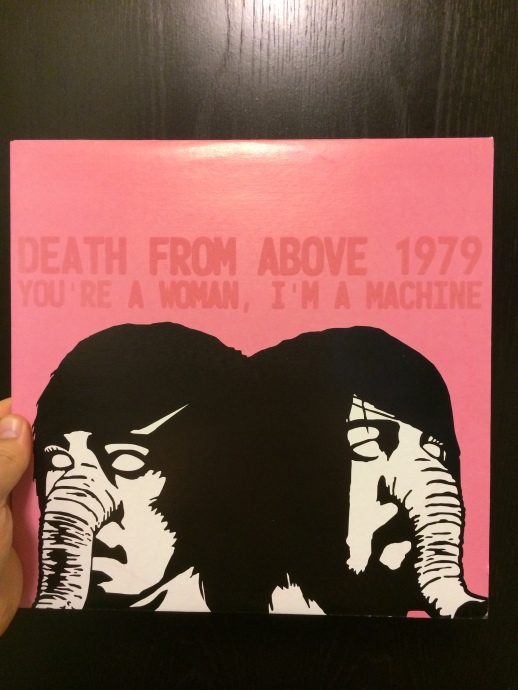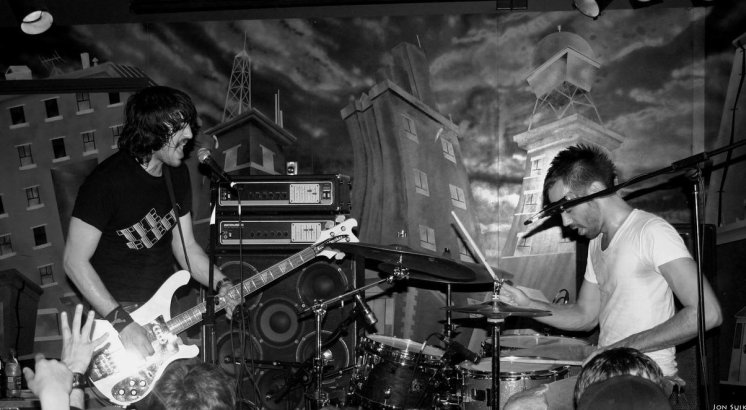Records still in their original, unopened, packaging can be a great find. In fact, they often command a hefty premium over their opened brothers and sisters. The basic concept is that a still sealed album must be in mint condition by virtue of it never having been opened. This isn’t always the case.
Above is a picture of a still sealed album I picked up at a recent record show. In my rush to pick, I neglected to perform one very basic test on it prior to purchase. Instead, I realized I may have a problem when I got home. You see, certain shrink wrap that was used to seal some albums actually shrunk over time. As it tightens around the record two things happen. First, the sleeve begins to change shape and develop “rolls.” When you rub your hand over it, it will feel like there are small waves (you can actually see one of the waves in the picture, below).
Secondly, the pressure from the shrinking plastic causes the vinyl inside to warp. Depending on how old the disc is, the warp could make the album unplayable (though, you could used one of the flattening methods I discuss in an earlier post, but that will likely cause some minor damage in its own right).
So, how do you know? Well, your fingers are the best judge. When you feel the sleeve, if it’s anything but perfectly flat, you may have a problem. I run my hands over the sleeve to feel if there are any waves that would indicated it’s under pressure. I will also look for any portion of the plastic that is tugging at the sleeve. You can tell because you will see the strain in the plastic as it’s trying to pull the cardboard along with it. The best way to tell, though, is to rub the sealed album between your thumb and forefinger. If the plastic moves very freely and doesn’t feel too snug to the album, you’re probably ok. If it doesn’t move with ease and offers some resistance, the shrink has likely shrunk and odds are you have a damaged record.
There are also issues with new sealed vinyl, even if they no longer use the same packaging. In an effort to attract more buyers, labels have increasingly used novel packaging to catch your eye. While some of it is relatively innocuous, some of it can certainly damage your vinyl. Hard inserts (plastic cards, cd’s, etc.) can jostle around when the vinyl is moved and could scratch or warp the disc. If you buy a new record and there’s an issue, return it. You shouldn’t suffer because of poor packaging.
Happy digging!
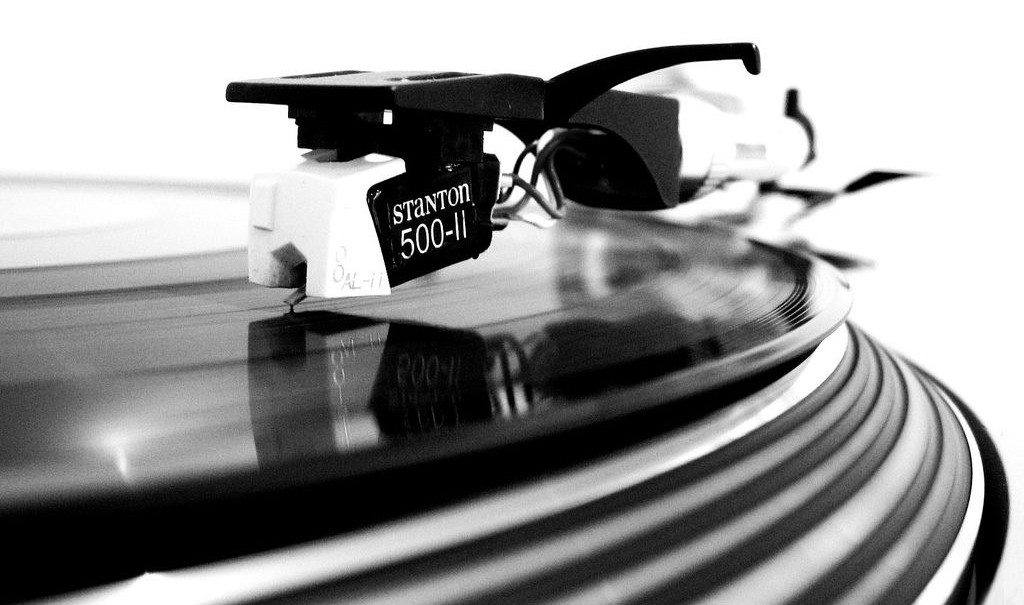
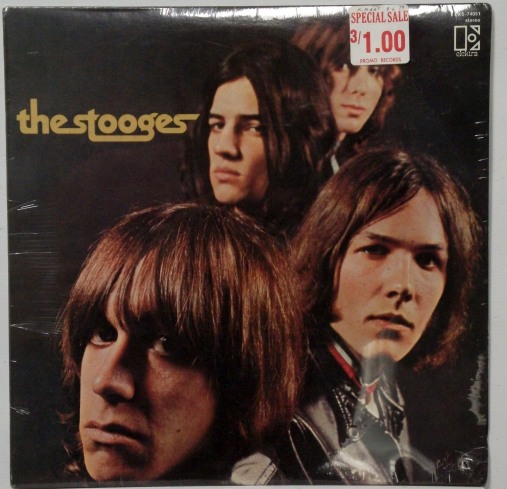
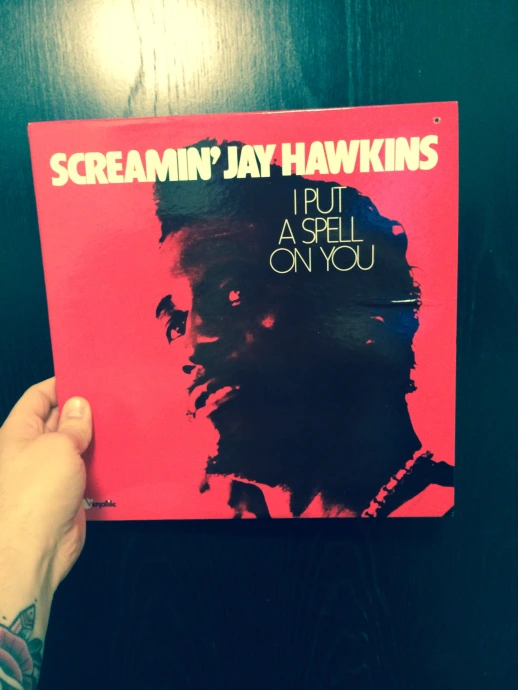
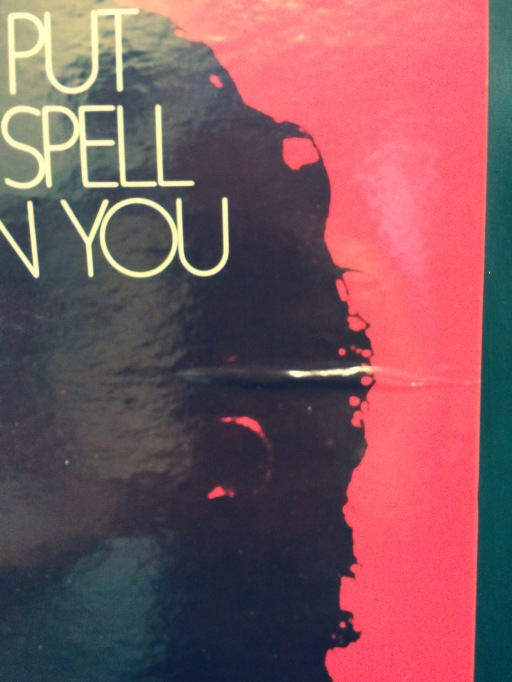
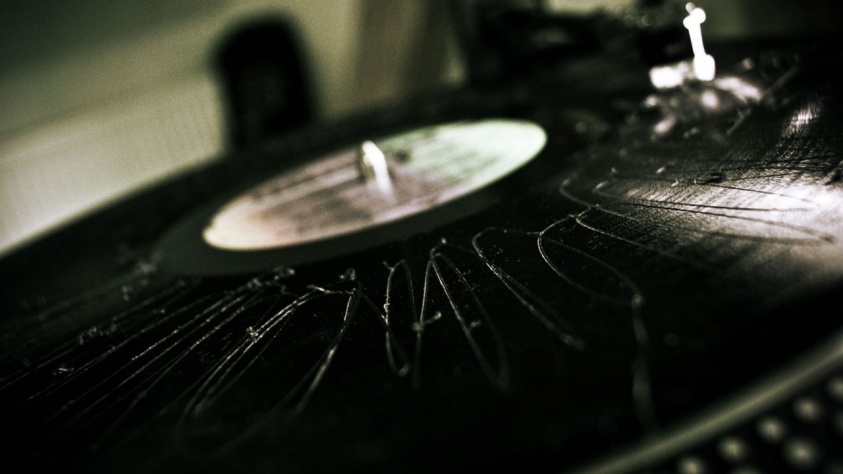

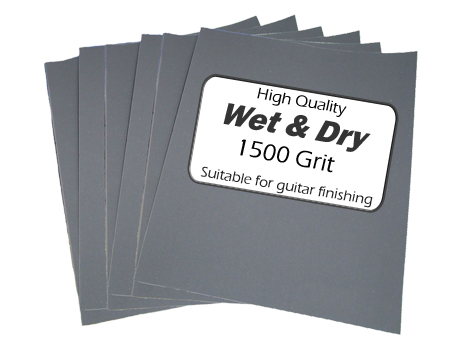

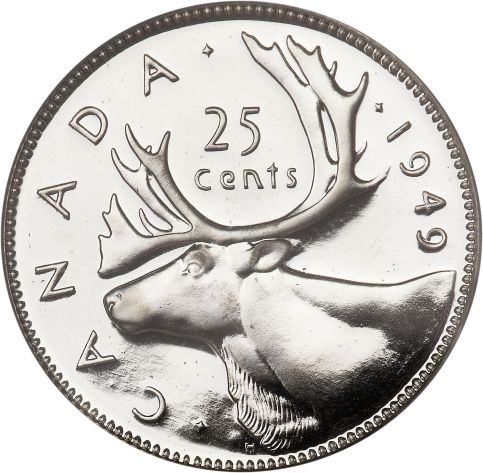
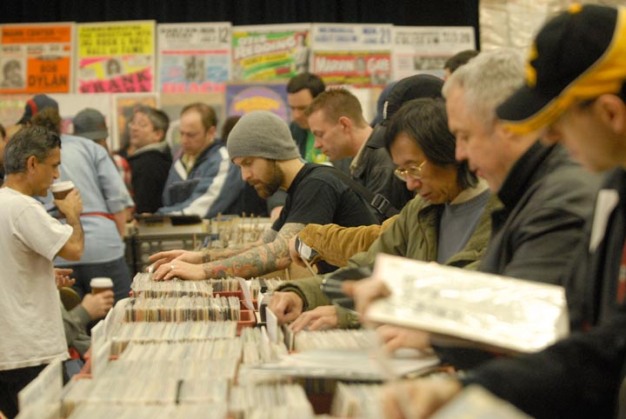

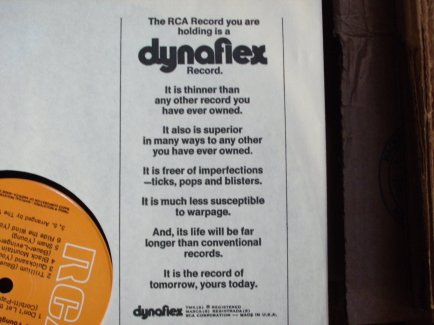
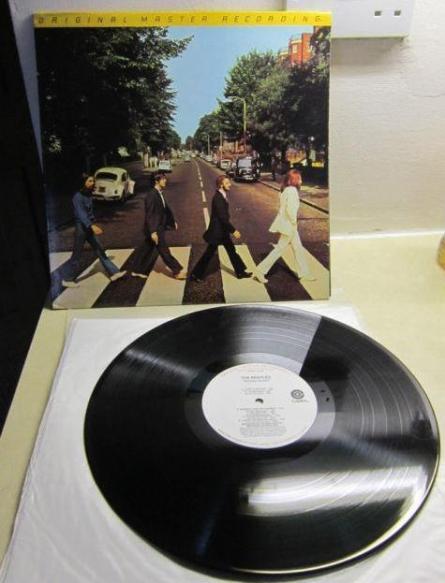
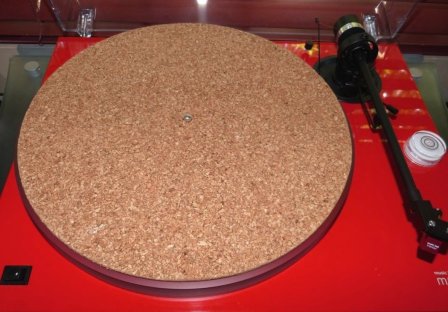
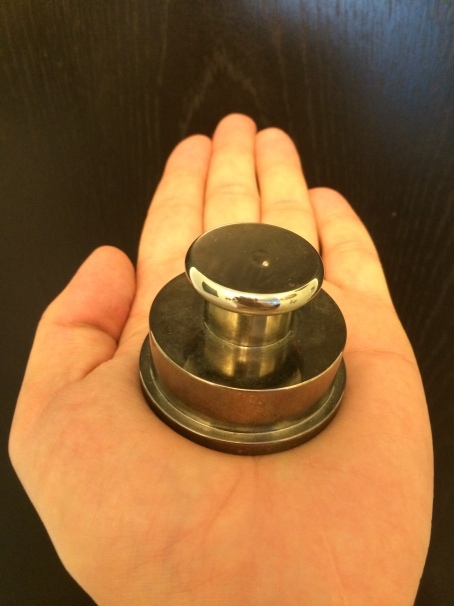
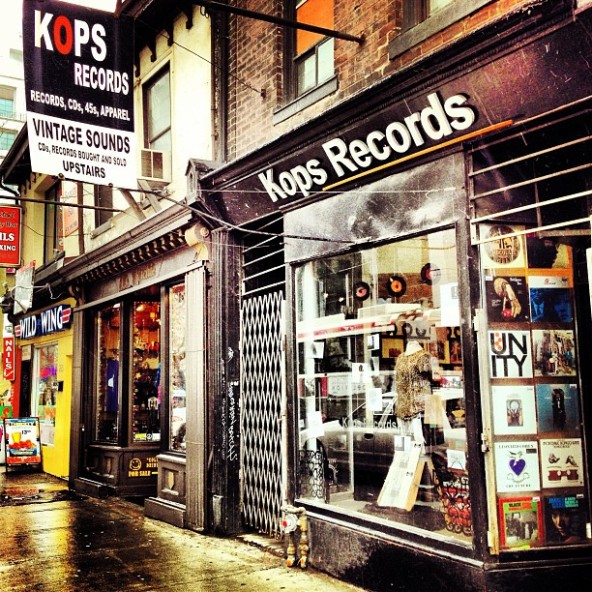
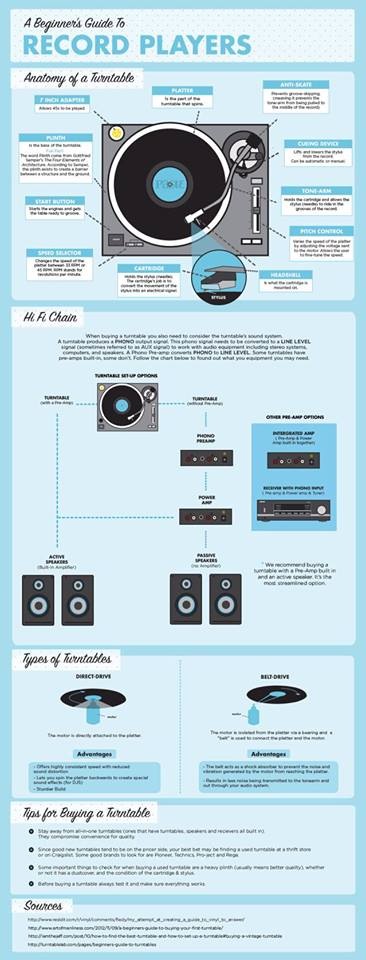
 Sales by formats [1] Tony Myers recently wrote on The Guardian about introducing his children to vinyl, painting the format as a relic of a forgotten age, where listeners engaged with their music in very direct, active and above all, tangible manner.[2] I have a few issues with the title, “How I Taught My Son To Love Vinyl”, although if things continue as they are, my generation’s equivalent will likely be “How I Taught My Son To Listen…
Sales by formats [1] Tony Myers recently wrote on The Guardian about introducing his children to vinyl, painting the format as a relic of a forgotten age, where listeners engaged with their music in very direct, active and above all, tangible manner.[2] I have a few issues with the title, “How I Taught My Son To Love Vinyl”, although if things continue as they are, my generation’s equivalent will likely be “How I Taught My Son To Listen…